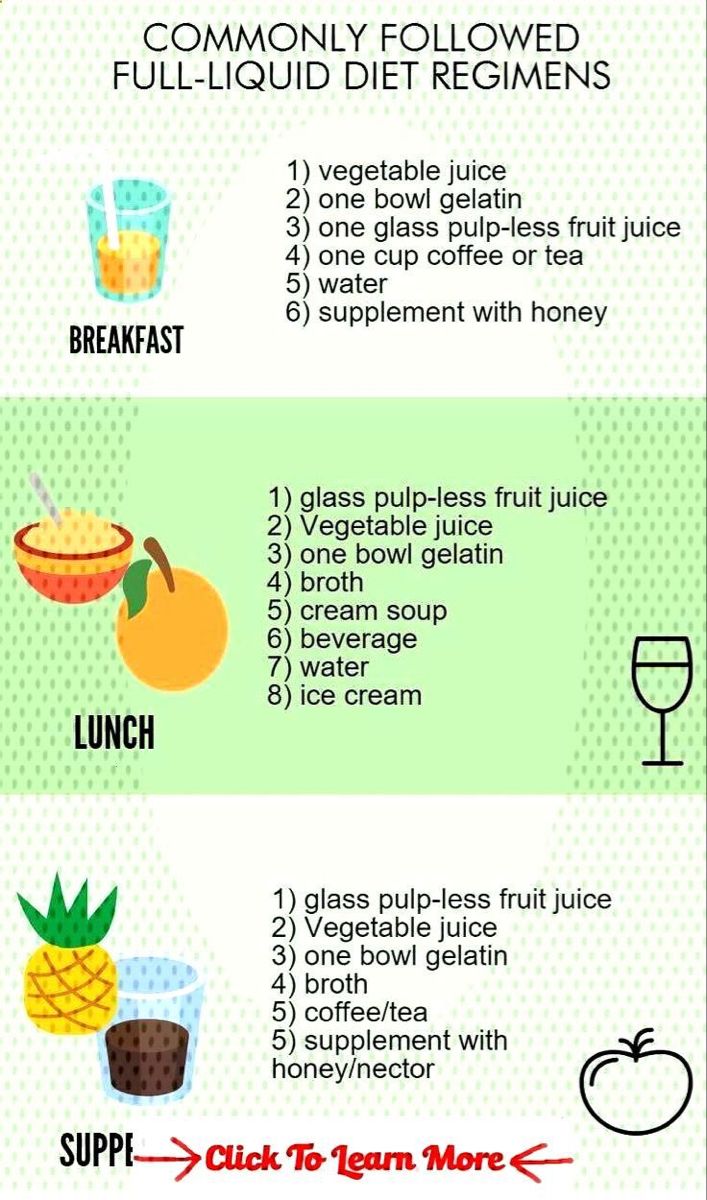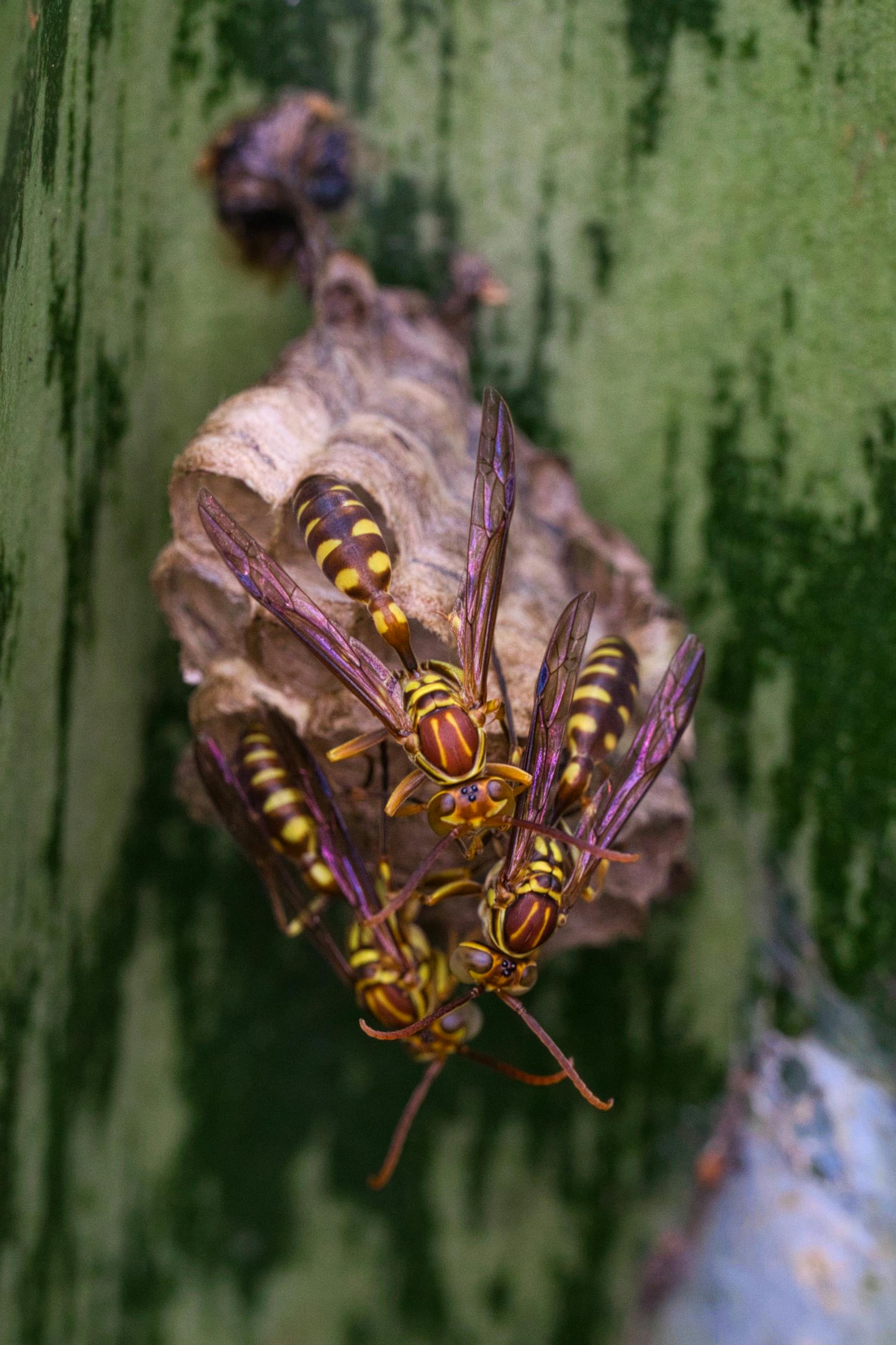
Effective Ways to Smoke Brisket in 2025 for Perfect Flavor and Tenderness
Smoking brisket is an art and a science that requires attention to detail and a passion for flavor. For many barbecue enthusiasts, the quest for the perfect smoked brisket is a worthwhile endeavor, one that brings friends and families together for memorable meals. As we step into 2025, advancements in cooking technologies and techniques have made it even more essential to understand the intricacies of smoking brisket. In this guide, we'll explore everything from ideal cooking times to recommended wood choices while sharing expert tips for achieving that perfect blend of flavor and tenderness.
Throughout this article, you will discover how long to smoke brisket, the best practices for smoking successfully, and detailed insights into the brisket smoking process. You’ll also gain knowledge about key concepts like brisket resting time and the significance of temperature control. Let’s set the stage for creating the perfect smoked brisket!
Here’s a quick preview of what we’ll cover:
- Essential brisket smoking techniques
- Recommended temperatures and timings
- Important tips for preparation and resting
- Common mistakes to watch out for
Now, let’s dive into the key aspects of smoking brisket for optimal flavor and tenderness!
Essential Techniques for Smoking Brisket
Building on the foundation of smoking, understanding essential techniques can elevate your brisket cooking game. To smoke brisket to perfection, mastering the process requires knowledge of specific methods that enhance both flavor and texture.
Understanding Brisket Cuts
The first step is selecting the right cut of brisket. There are two primary cuts: the flat and the point. The flat is leaner and more uniform, while the point has more fat and marbling, giving it a richer flavor. For many, a whole brisket, which includes both cuts, is ideal for smoking as it allows for an exciting blend of textures.
Preparing the Brisket for Smoking
Preparation is key to achieving a perfect smoked brisket. This includes trimming the fat cap, which should be left at about ¼ inch to allow for a flavorful crust without making the meat too greasy. Seasoning the brisket with a rub that includes salt, pepper, and other spices will enhance its flavor profile. Additionally, allowing the brisket to sit with the rub for several hours, or overnight, will intensify the taste.
Setting Up Your Smoker
Using the appropriate smoker setup is essential. Whether you prefer an electric smoker or a charcoal grill, temperature control is vital in the smoking process. For optimal results, maintaining a consistent temperature around 225°F is ideal for low and slow cooking. This temperature helps to break down collagen in the meat, leading to tender results. Incorporating water pans can help maintain humidity within the smoker as well.
Determining Smoking Times for Brisket
Moving forward into timing, understanding how long to smoke brisket is crucial for successful results. Smoking brisket requires patience and accuracy, and knowing the right smoking duration can make all the difference.
Brisket Smoking Time Chart
Guidelines for brisket cooking duration suggest about 1 to 1.5 hours per pound at 225°F. Therefore, a 10-pound brisket may take approximately 10-15 hours. However, this can vary based on factors such as the thickness of the meat and whether it's wrapped in foil during the smoking process.
Understanding Thickness vs. Cooking Time
When considering thick vs. thin brisket, the cooking times can greatly differ. Thicker cuts will require longer smoking durations due to their size, while thinner cuts can cook quicker. Using a meat thermometer to check for the ideal internal temperature of 195°F to 205°F is essential for doneness.
Resting Time for Smoked Brisket
Once the brisket has reached your desired temperature, it’s crucial to let it rest for at least 30-60 minutes before slicing. This resting time allows the juices to redistribute, ensuring that each slice remains moist and flavorful. The importance of this step cannot be overstated, as it can greatly impact the taste and texture of the final product.

Perfect Smoked Brisket Temperature
As we explore the temperature aspects of smoking brisket, it’s essential to understand the nuances of cooking temperature and how it relates to the smoking process.
Maintaining Smoker Temperature
To achieve consistent results, maintaining a steady smoker temperature is vital. Fluctuations can affect cooking times and may lead to uneven results. Utilizing tools like digital probes allows you to monitor the internal temperature of the brisket accurately, ensuring that you catch any dips in temperature that could hinder the cooking process.
Ideal Internal Temperature for Brisket
The ideal internal temperature for brisket varies depending on preference. Most smoking guides recommend cooking to around 195°F to 205°F for optimal tenderness, where the collagen melts, producing a juicy and flavorful cut. Utilizing a meat thermometer to check doneness also helps in avoiding overcooking—an important aspect of enjoying perfect smoked brisket.
Common Temperature Missteps
One of the common mistakes during smoking is inadvertently raising the temperature too high, which can lead to drying out the meat. It’s essential to resist the urge to crank up the heat, as low and slow cooking is fundamental for achieving the desired tenderness and flavor. Ensuring your smoker is calibrated correctly can prevent these issues.
Brisket Smoking Tips for Flavor Enhancement
To elevate your smoked brisket game, integrating effective tips from seasoned pitmasters can provide insights into flavor enhancement techniques that truly make a difference.
Choosing the Best Wood for Smoking Brisket
Selecting the right wood chips can significantly affect the flavor profile of your brisket. Woods such as hickory and pecan are popular choices that impart a robust, smoky flavor. Additionally, fruitwoods like apple or cherry enrich the meat with a touch of sweetness, crafting a balanced flavor. Understanding these wood chip recommendations can enhance your brisket experience.
Seasoning Your Brisket Before Smoking
Seasoning techniques also play a pivotal role in enhancing the meat's flavor. A simple rub made of salt, pepper, and garlic powder is often recommended, but experimenting with various spices can lead to unique flavor profiles. Marinades may also be beneficial, introducing layers of taste before the meat even hits the smoker.
Slicing Brisket for Optimal Presentation
When the brisket is ready to serve, slicing techniques become critical. Cutting against the grain is vital for ensuring that each piece of meat is tender and enjoyable. Investing time in not only preparing but also presenting the brisket can enhance the overall dining experience during BBQ gatherings.

Common Mistakes to Avoid When Smoking Brisket
As with any cooking process, avoiding common pitfalls can set you on the path to success in creating exceptional smoked brisket.
Overcooking or Undercooking Brisket
One of the biggest challenges is achieving proper doneness. Overcooking can lead to dry, tough meat, while undercooking might fail to break down the collagen necessary for tenderness. To mitigate this, it’s crucial to use a reliable meat thermometer and trust the numbers rather than solely relying on time.
Improper Preparation Techniques
Failure to prep the brisket, such as neglecting the fat cap trimming or seasoning inadequately, will lead to bland and unappealing results. Taking the time to properly prepare your brisket can lead to a more enjoyable eating experience. Be sure to research and follow brisket prep for smoking closely.
Neglecting Rest Time
Skipping the rest period after cooking is a common mistake that can ruin an otherwise perfect brisket. The meat will lose juices during slicing if cut too early, compromising flavor and moisture. Always carve time into your BBQ plans for that important resting step.
Q&A on Smoking Brisket
As you delve deeper into the intricacies of brisket smoking, here are some frequently asked questions that can provide additional clarity.
How long to smoke brisket for best results?
The general consensus for smoking brisket is between 1 to 1.5 hours per pound at 225°F. This will allow for optimal tenderness.
What temperature should brisket be cooked to?
Smoked brisket should reach an internal temperature of 195°F to 205°F for best results in tenderness.
Is resting the brisket really necessary?
Yes, resting the brisket for at least 30-60 minutes is crucial as it allows the juices to redistribute, ensuring juicy slices.
What is the best wood for smoking brisket?
Hickory and pecan are excellent choices for robust flavors, while fruitwoods like apple and cherry can provide a lighter, sweeter profile.
What are common mistakes when smoking brisket?
Common mistakes include overcooking or undercooking, inadequate preparation, and skipping the important resting period.
With practice and the right techniques, anyone can master the art of creating perfect smoked brisket. By understanding the smoking process, utilizing the right tools, and perfecting your timing, you’ll be well on your way to impressing family and friends at your next BBQ gathering!